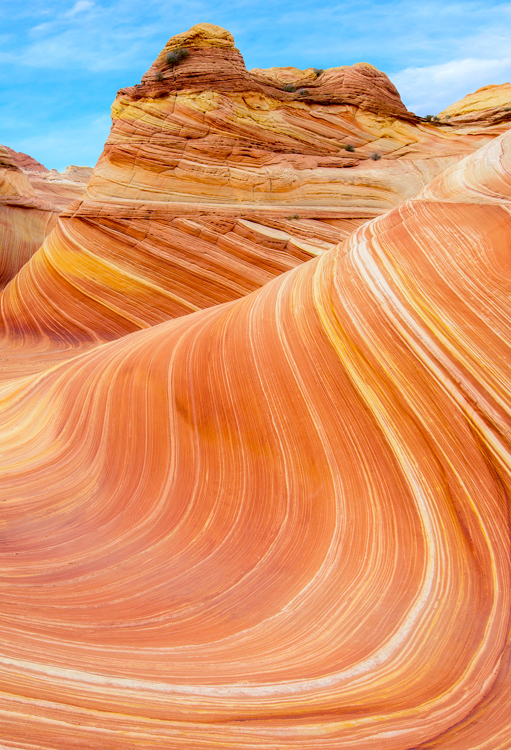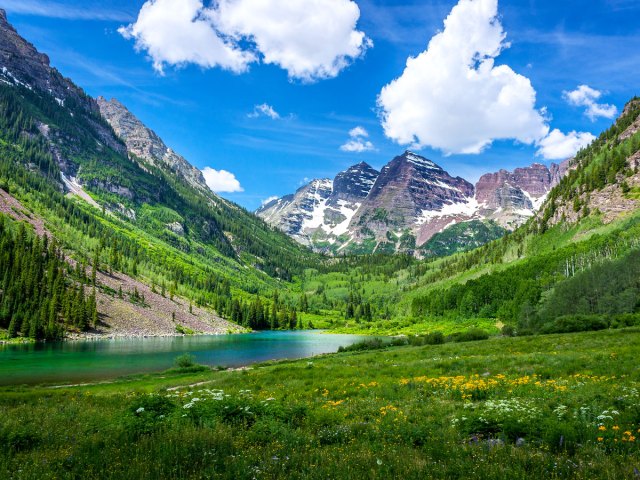There are plenty of wide open spaces to explore in America’s national and state parks, but a handful of locations have become so popular that guests can only experience them by entering lottery systems. From the depths of the Grand Canyon to the highest peaks of Yosemite and Zion, park officials are working to preserve ecosystems and promote guest safety while allowing visitors to enjoy these truly fantastic sights. Here are seven of the most sought-after national and state park lotteries in the United States.
Staying at Phantom Ranch at Grand Canyon National Park – Arizona
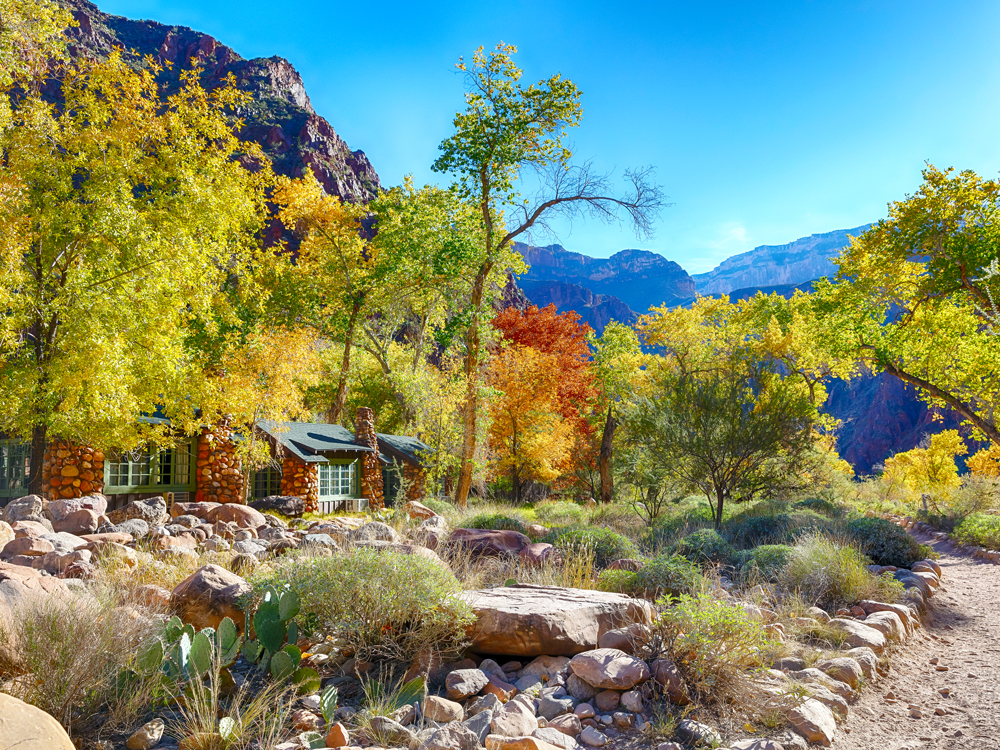
A handful of breathtaking hotels and campsites line the rim of the Grand Canyon, but did you know you can stay overnight on the canyon floor? The only below-the-rim lodging in this national park is Phantom Ranch, located at the bottom of the canyon next to Bright Angel Creek. Built in 1922, the lodge and cabins are only reachable by a mule ride, 7.5-mile hike, or river rafting excursion deep into the canyon. Nearly 5 million people visited the Grand Canyon in 2023, and with accommodations for only 90 people, it’s obvious why Phantom Ranch needs a lottery system. The lottery runs 14 months in advance, but if you missed your preferred time, there are occasional last-minute openings on the park’s website.
Bear Watching at McNeil River State Game Sanctuary – Alaska
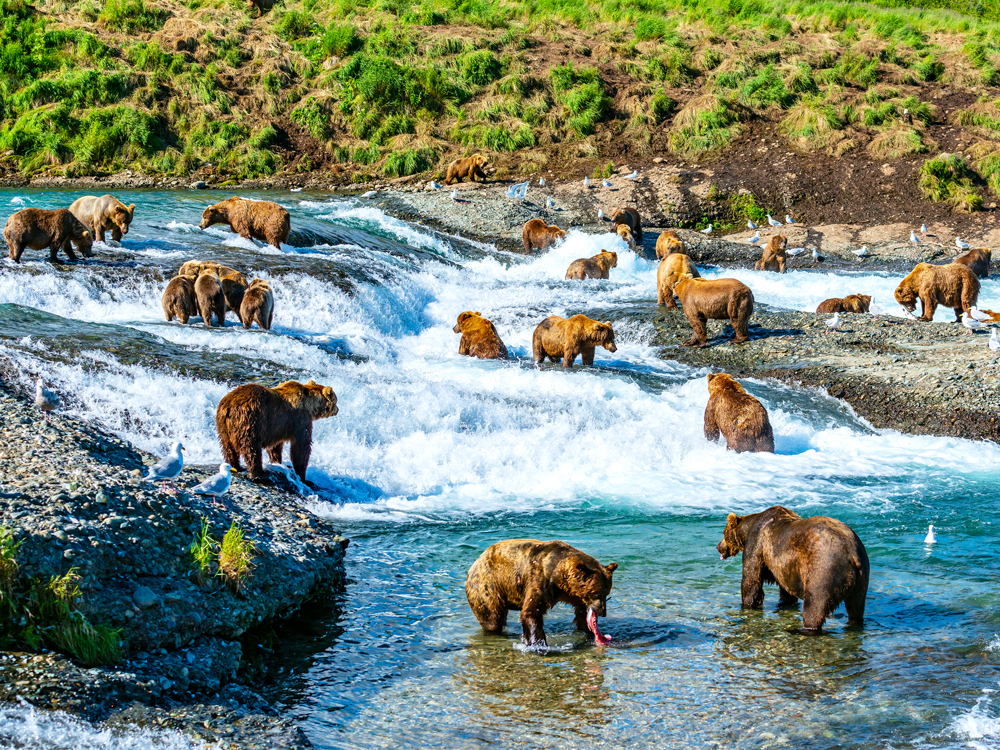
The 200-square-mile McNeil River State Game Sanctuary, located on the Alaska Peninsula, is home to the world’s largest concentration of brown bears. That’s thanks to the sanctuary’s namesake McNeil River, which boasts all five species of Pacific salmon. As the fish swim upstream against the current, they get held up and become dinner for dozens of hungry bears (sometimes upwards of 70).
To see them in action, you’ll have to fly in via charter plane, because there is no road access to the sanctuary. This is one of the most challenging park lotteries to win: Only 10 visitors per day are allowed at the camp during the season, which runs from June through August. For those lucky few, guided tours are provided daily to see the bears from just 60 feet away.
Hiking Angels Landing at Zion National Park – Utah

One of Zion’s most popular hiking trails has become a little too popular. Boasting panoramic views of one of America’s most famous national parks, hiking to Angels Landing is a strenuous yet rewarding experience. The 5.4-mile round trip features a series of 21 switchbacks (called “Walter’s Wiggles”) to gain elevation. Just before reaching the lookout, there is a 500-foot steep scramble with chains for stabilization. This is where many hikers decide to turn around and head home, but braving the climb is one of the top experiences in Zion. To reduce congestion on this trail, the National Park Service issues permits in seasonal and day-before lotteries.
Firefly Viewing at Great Smoky Mountains or Congaree National Parks – Tennessee and South Carolina
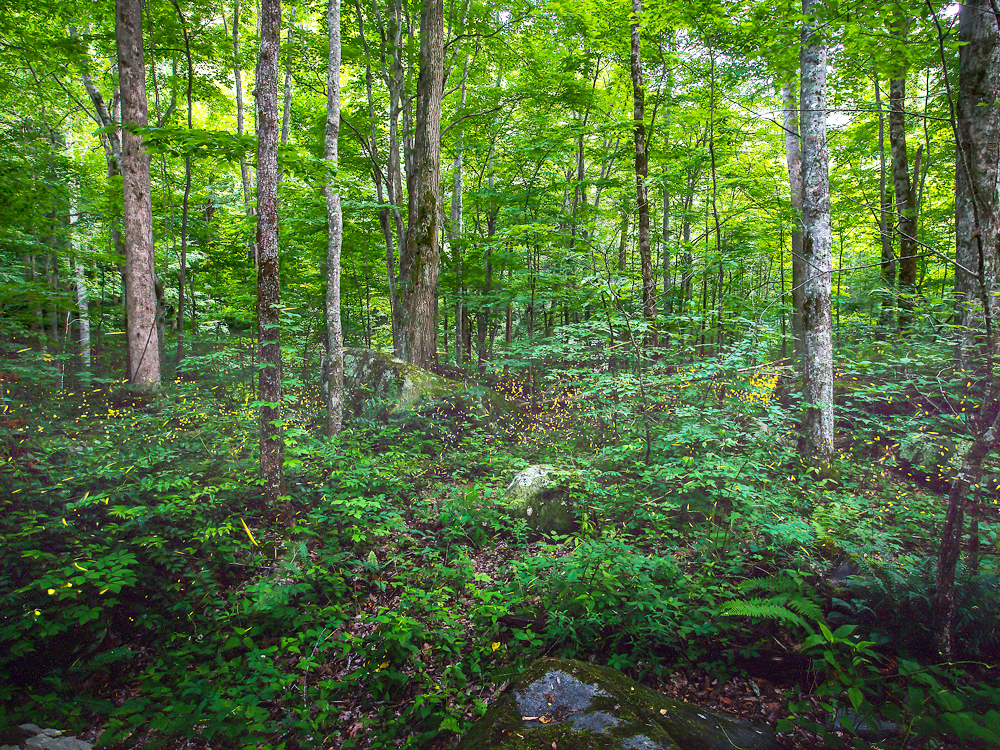
Each spring, fireflies put on quite a show at national parks in the South. These bioluminescent beetles synchronize their flash patterns during their reproductive season, creating a dazzling display that lights up the night sky. Two of the best places to witness this phenomenon in late May and early June are at the Elkmont Campground at Great Smoky Mountains National Park (in Gatlinburg, Tennessee) and the Harry Hampton Visitor Center at Congaree National Park (in Hopkins, South Carolina). Both parks welcome thousands of visitors annually for the event, and there are lottery systems in place for parking permits.
Snowmobiling at Yellowstone National Park – Wyoming

Looking to see Yellowstone’s wild side from a unique vantage point? During part of the year, experienced snowmobile riders can request a permit to ride without a guide in Yellowstone’s spectacular backcountry. Most park roads are limited to snowmobile use between December and March, making it a perfect time to explore while the crowds are at their lowest. While not all park attractions are open in the winter, some facilities, guided tours, and even hotels (Old Faithful Snow Lodge and Mammoth Hot Springs Hotel) remain running. If summertime at Yellowstone sounds more your speed, backcountry camping permits are also available, with a special lottery for early access during peak season.
Exploring the Wave at Coyote Buttes – Arizona and Utah
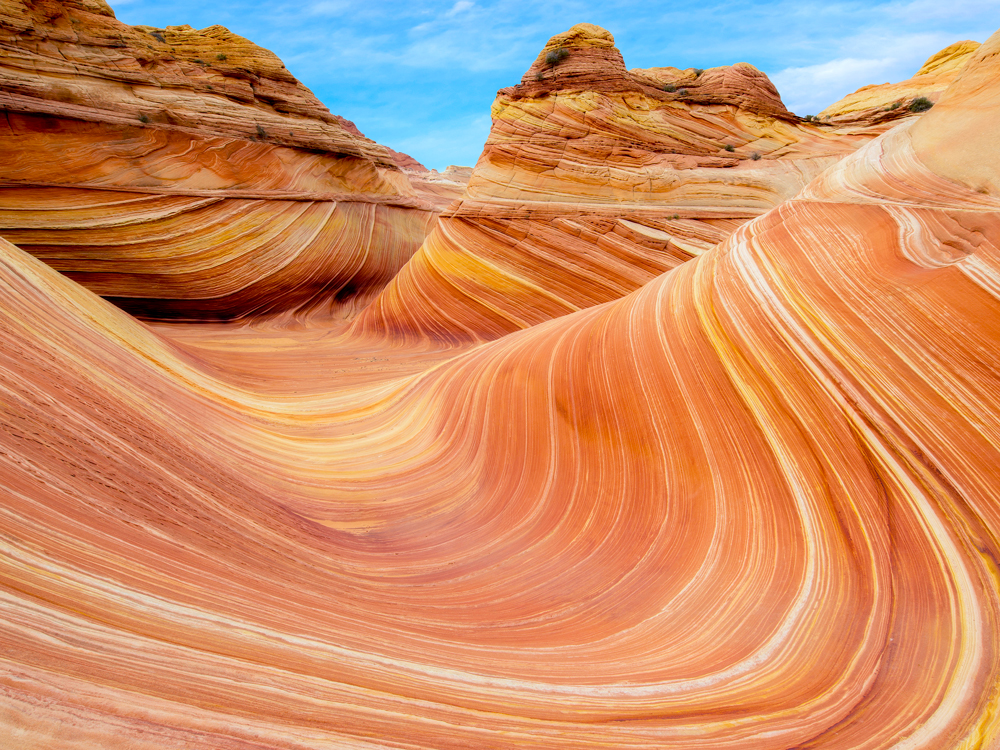
Travelers to the Arizona-Utah border must win a lottery to access Coyote Buttes, which is most famous for a rock formation known as the Wave. One of the most sought-after hiking experiences in the Southwest, the Wave is located within the Paria Canyon-Vermilion Cliffs Wilderness, overseen by the Bureau of Land Management. Passes are limited in order to preserve this unique rock formation.
For those who experience the 6.4-mile hike, there are epic views of swirling sandstone, otherworldly arches, and bighorn sheep — but this journey requires navigation experience. The trail is largely unmarked, but permit holders are given maps and GPS coordinates. Because of this, many visitors book a tour with a local company after receiving their permit. Be sure to plan far ahead — only 64 passes are granted daily.
Hiking Half Dome Cables at Yosemite National Park – California
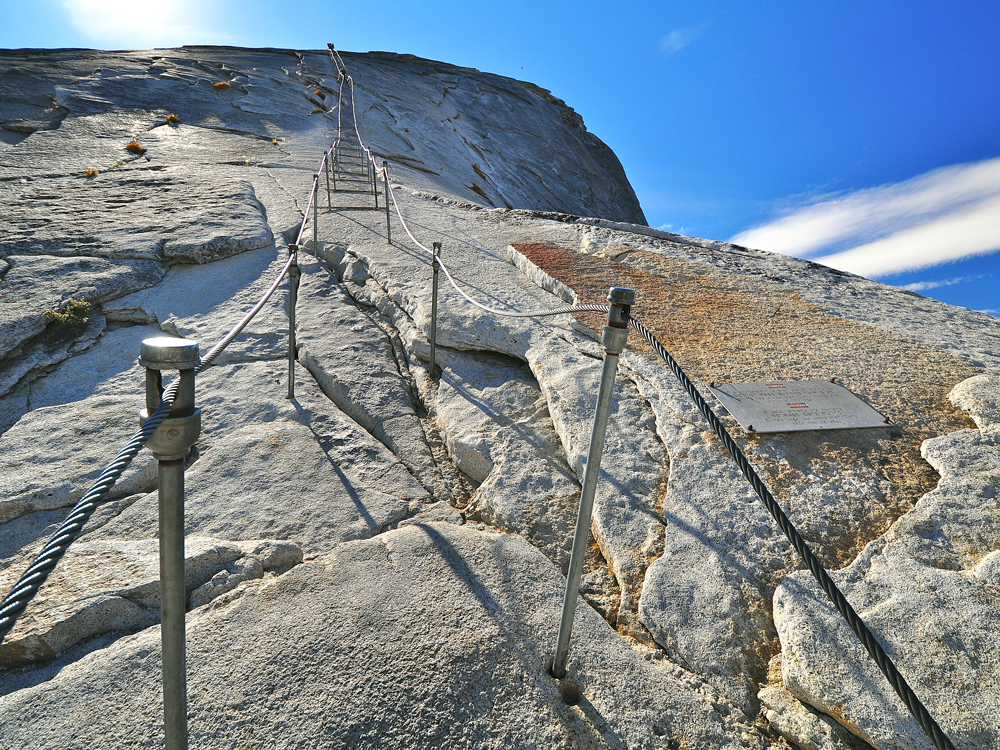
Only 225 people a day are granted access through a daily lottery to climb the final 400 feet of Yosemite’s famous Half Dome rock formation. Those lucky visitors have the unique experience of summiting Half Dome without climbing equipment, thanks to hiker-friendly cable holds anchored into the quartz rockface, which leads to a summit view of the Yosemite Valley from thousands of feet up. But summiting isn’t the only tricky part of this journey. The hike is at least 14 miles round trip with an elevation gain of 4,800 feet, and it takes most hikers a minimum of 10 hours. The season for climbing up these hallowed cables runs from the end of May until mid-October.
More from our network
Daily Passport is part of Optimism, which publishes content that uplifts, informs, and inspires.






